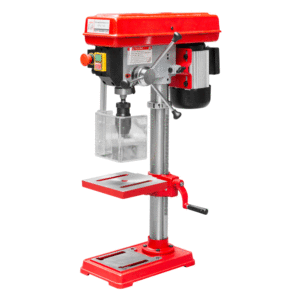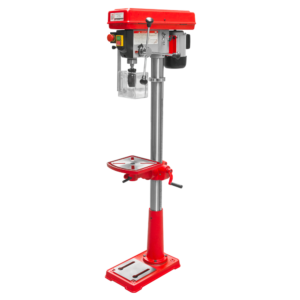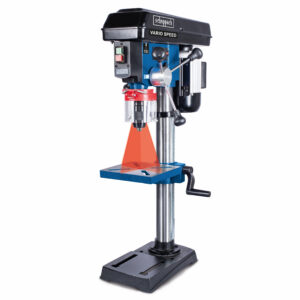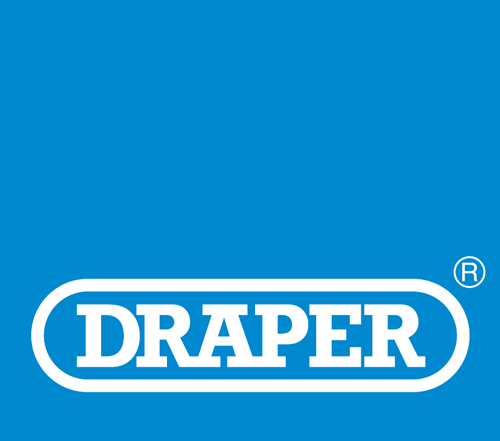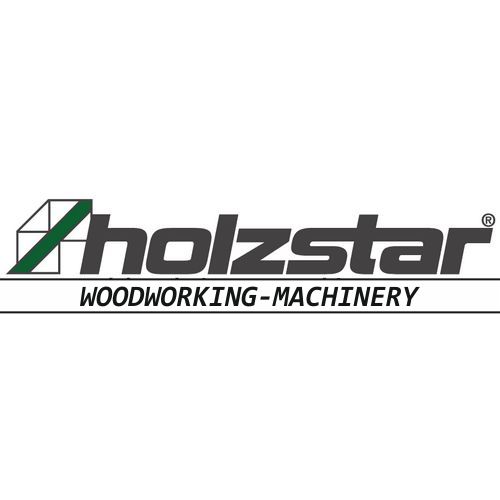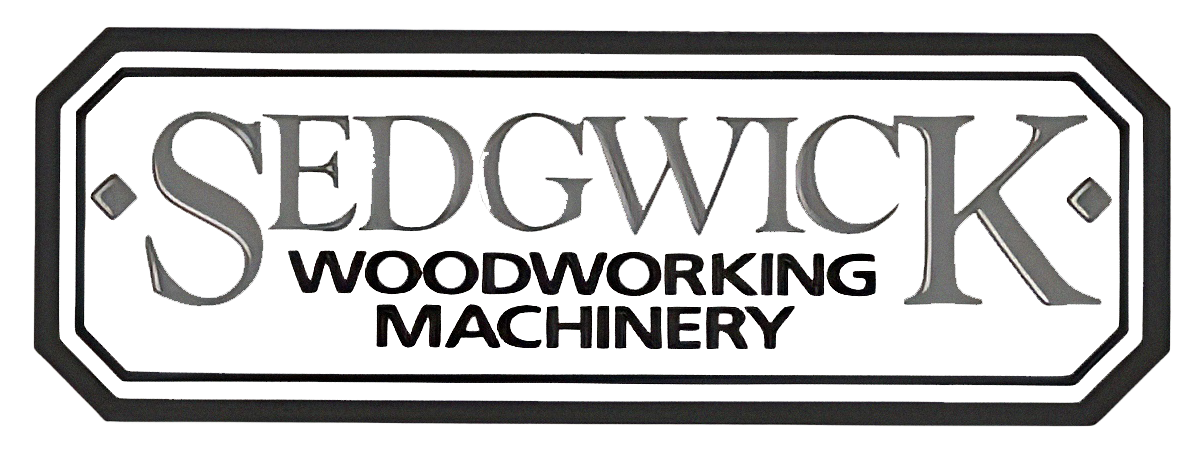Showing 21–23 of 23 results
-
Reduced Price

Holzmann SB4115N 16mm Chuck x 12 Speed Drilling Machine 230volt
Original price was: £289.99.£263.99Current price is: £263.99. View Product -
Reduced Price

Holzmann SB4116HN 16mm Keyless Chuck x 12 Speed Floor Standing Drilling Machine 900watt Motor 230volt
Original price was: £516.90.£475.99Current price is: £475.99. View Product -
Reduced Price

Scheppach DP19 Vario Bench Drill Press with 13mm keyless chuck 230v
Original price was: £335.90.£312.90Current price is: £312.90. View Product
What is a drilling machine good for?
If you’re building a coat rack, making wooden toys, boring holes in wood for dowel joints, or hiding screws beneath wooden plugs, you’ll be thankful for a drilling machine. Bench and floor-standing drilling machines are designed to bore precise holes into pieces of wood or metal. They utilise different drill bits to create holes of varying diameters. Whilst a drill press is often used to drill holes, it can also be used to enlarge holes with a boring tool or finish them with a reamer. If you’re toying with the idea of investing in a drilling machine for your workshop, or you’re unsure whether this woodworking machinery is right for your project, feel free to contact us here at Kendal Tools.
How do I use a drilling machine?
Using a drilling machine is very simple once you know how. First and foremost, you need to make sure that the drill is unplugged whilst you’re setting it up – regardless of whether it’s a bench or floor-standing model. Once you’ve determined where the machine will go, the next step is to set the speed. In most cases, this can be easily adjusted by moving the belt drive from one pulley to another. As a general rule of thumb, slower speeds are best for drilling metal, whilst faster tempos are preferred for wood. To fit the drill bit, open the chuck and slide it in before tightening the jaws with the key. The table needs to be at the appropriate height for the task at hand. Some drilling machines have a crank that adjusts the table height, whereas others move freely when you release the clamp lever. Depending on the job, you may need to adjust the depth gauge. If you’re simply drilling a hole into a piece of lumber or metal, you shouldn’t need to alter the depth. However, the bit can be lowered to the desired height, and the pair of knurled nuts can be adjusted to the proper stopping point. Want to know more about using drilling machines? Don’t hesitate to give us a call on 01539 733 774.
Which drilling machine is best?
To determine the right tool for you, consider the different types of drilling machines, the drill press size, power, and speed. Bench-top drilling machines are typically smaller, lighter, and more portable, whereas stationary models have more power, capacity, and features. There are two size elements to bear in mind when choosing a drilling machine: swing and spindle travel. Swing is the distance between the machine’s central column and the spindle, multiplied by two. This gives you the maximum width of material you can fit on the drill press, which is ideal if you want to bore the centre of a workpiece. Spindle travel refers to how deep the drilling machine can move downwards as you rotate the handle. Bench-top models tend not to move as low as floor-standing machines. If you require a powerful drilling machine, a larger floor model will be ideal. If you’re drilling a dense material, you’ll need a machine that provides a slower rotation speed to ensure accuracy. It’s worth noting that bench drilling machines tend to offer fewer speeds than floor models. For help selecting the best drilling machine for your requirements, send us a message via our online enquiry form.
Are drilling machines expensive?
The price you’ll pay for a drilling machine can vary depending on numerous factors, including the brand and drill size. Luckily, here at Kendal Tools, our bench and floor drilling machines for sale are priced competitively. Our prices start from as little as £100, allowing you to purchase the best equipment for your workshop without spending a fortune. Of course, if you’re looking for advanced machinery or a powerful floor pillar drill, you will pay more – but you’ll benefit from a host of safety features. To find out more about the drilling machines we have in stock and how much you can expect to pay, give our friendly experts a call on 01539 733 774.

